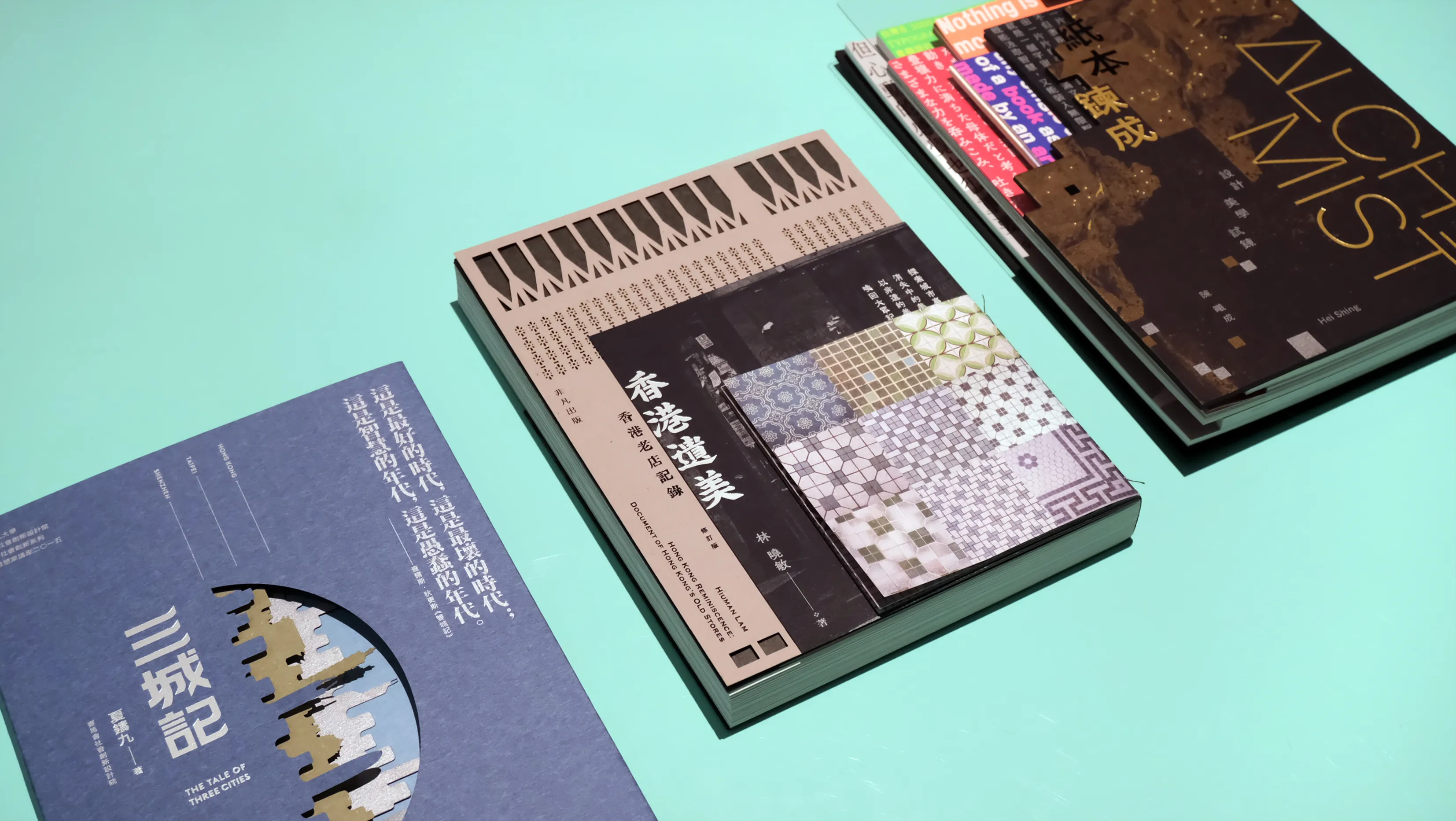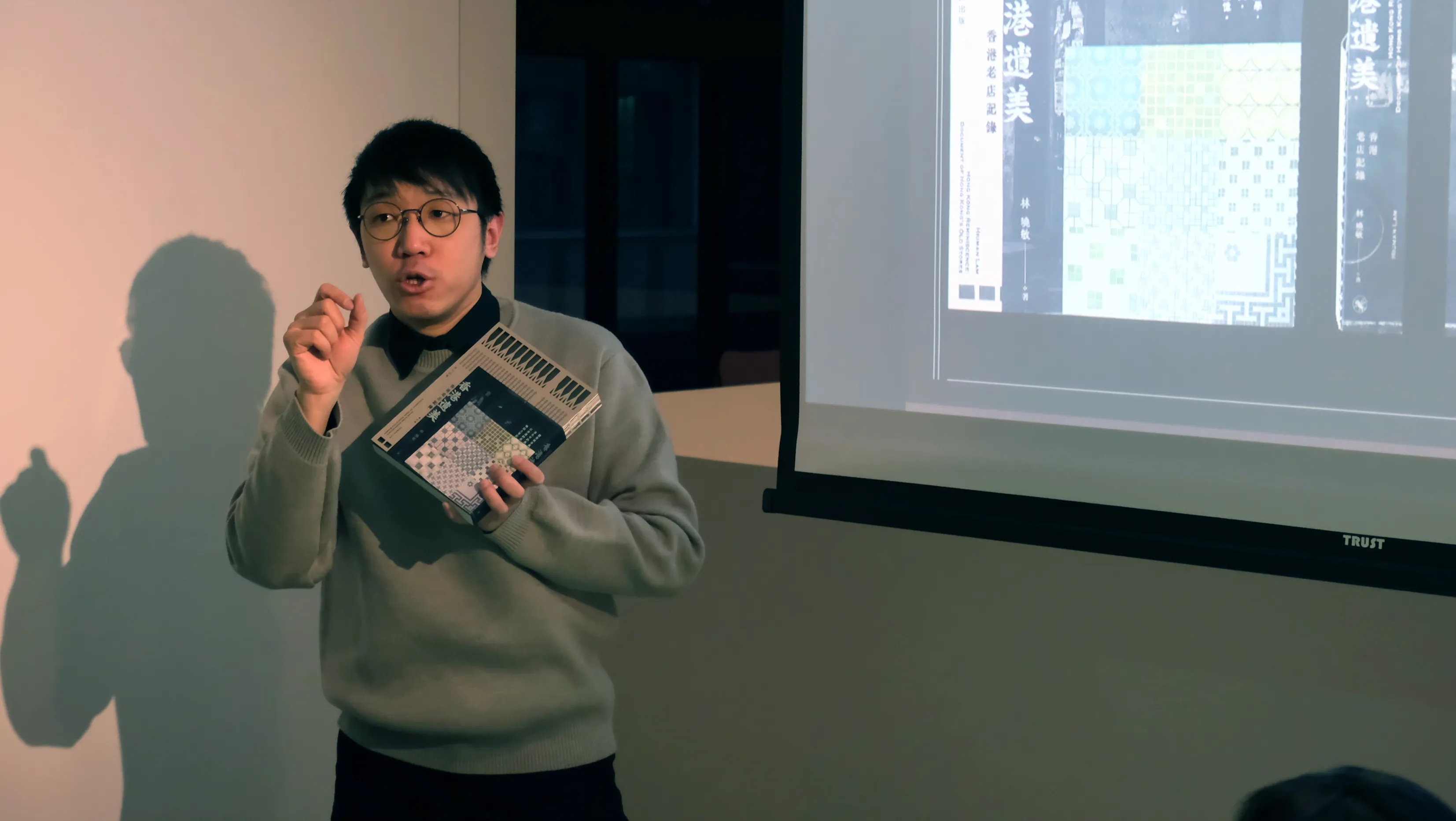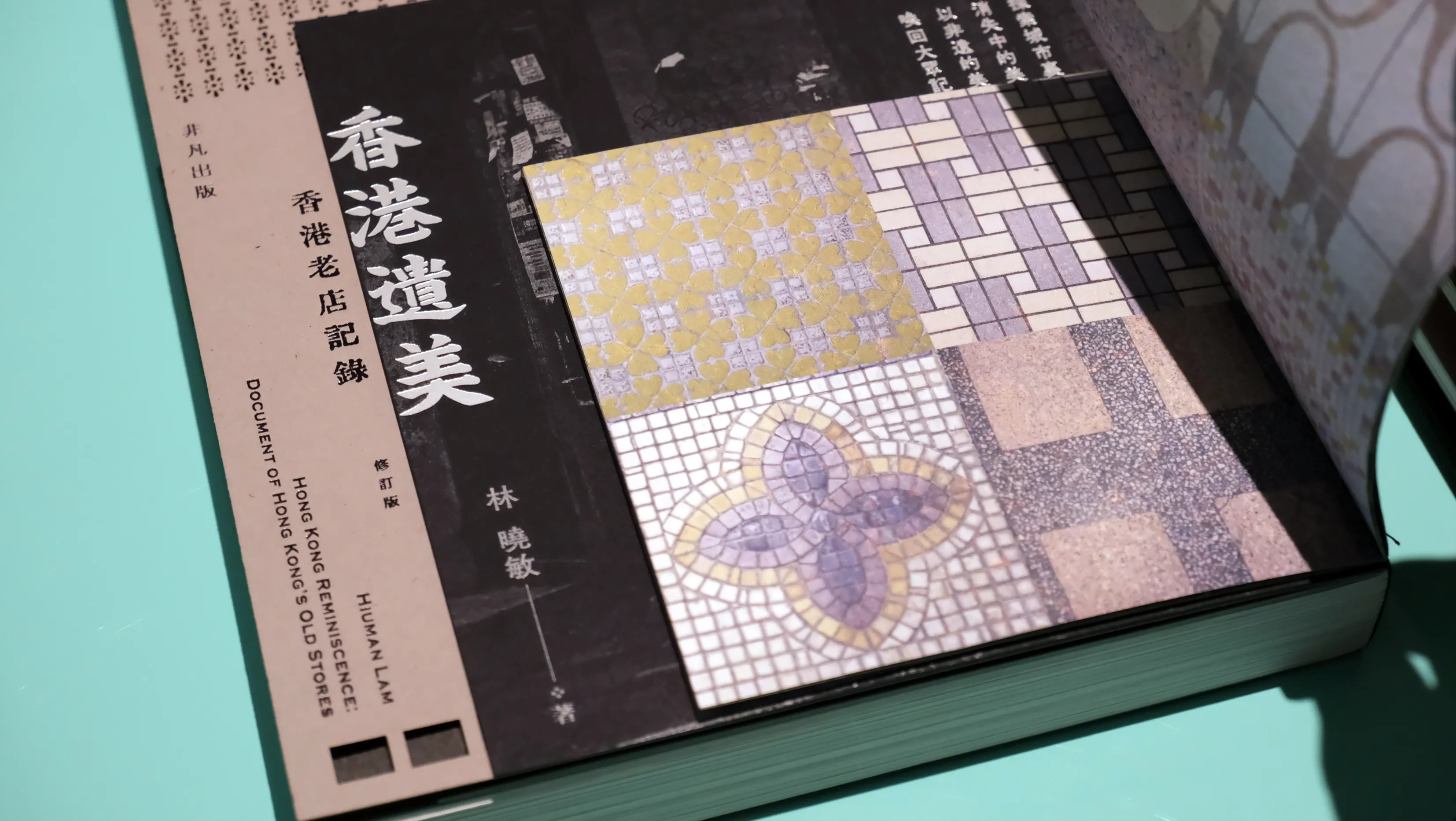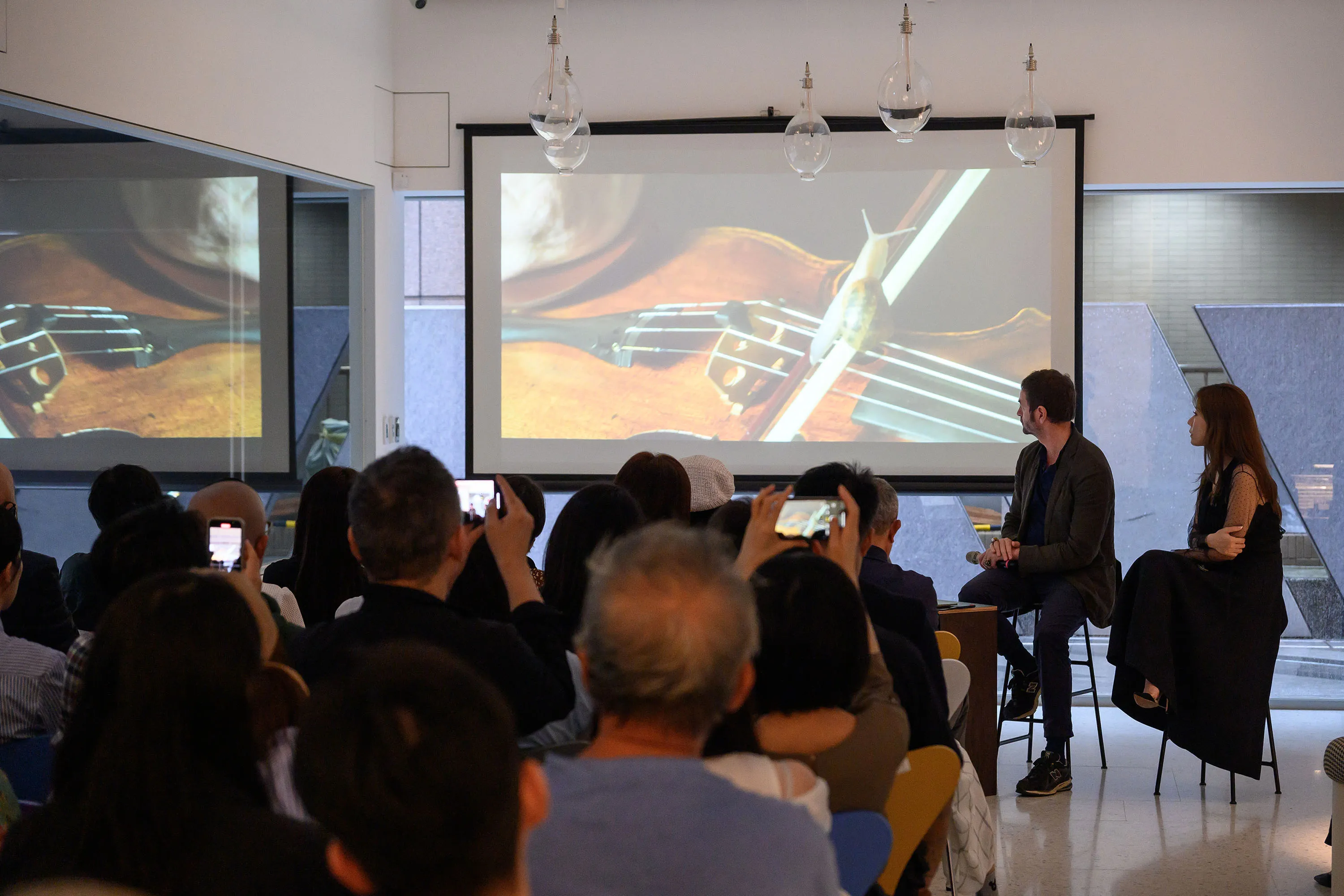
BOOKTALKS| Between Squares - the Spatial Architecture of Book Design
Speaker
Chan Xi-shing Hong Kong Book Designer and Author of Paper Chain
Location
Winsing Art Place (No. 6, Lane 10, Lane 180, Section 6, Section 6, Minquan East Road, Neihu District, Taipei City)
Fee
Free Admission (Advance registration required/$150 on-site bookshop admission fee, discounts on books and drinks)
Introduction
Hong Kong book designer Chen Hi-sheng will share the experiences of modern book creators through interviews and visits to different studios, publishing houses, bookstores, etc., in this talk. Through its aesthetic, mature publishing and marketing strategies, it broadens readers to the existing ideology of the book, it hopes to ignite thoughts in the public mind about “the beauty of the book” extending to the “beauty of the city” and spark more discussion.
Cultural Center and Three United Bookstores of Hong Kong jointly organized a book sharing seminar to invite the author of “The Inks of Hong Kong - The Calligraphy of the Architecture of Hong Kong” Huang Xuanying and the author of “Paper Chain Making” Chen Shing, to introduce readers to the calligraphic culture and contemporary Hong Kong book design through their respective books. Experience. The lecture will be held on 2/8 p.m., inviting visitors to the bookstore to exchange discussions.
Event Recap
Designing a book or a building, the two facts that look like a large garden are structures, spaces, proportions, and systems. Based on the spatial concept embodied in book design, Hong Kong book designer Chen Xiseng explores the thinking logic behind book design in depth. And share the practical side of creation using your own work as an example.
The book “Paper Chain Making - Design Aesthetics Experiment” was designed for 8 years by using a chain of alchemy metaphors. It was “refined” in three steps of understanding, decomposing, and reassembling. The design of the cover is as usual after pixel decomposition, and the empty corners reveal six visually vivid chapters of the book, which correspond to their themes in six different sizes, arrangements, hues and textures. These interviews with Hong Kong designers differ from what is often used to focus on their work, but focus on the way they think about design and how their character is reflected in the work. From content to frame, the whole book responds to a process that goes from nothing to nothing.
Like the usual layer-stack frame of Paper Chains - Design Aesthetic Trials, Chen Xisheng began experimenting with such a use as early as 10 years ago. In 2015, Taiwanese architect Xia Chuen Jiu was invited to give a talk at the Hong Kong Polytechnic University. The handbook “Three Cities Notes”, which was presented at the time, was designed by Xi Shing. He combined the impressive skylines of the three cities of Hong Kong, Taipei, and Shenzhen with special knife molds and paper materials to create layered loading frames in response to the lecture's discussion of the three cities. This design was used again in “Hong Kong Remembrance: A History of Hong Kong Old Shops”, where designers use the visual elements of old Hong Kong shops: colorful tiles, old street corners, and iron gates through the operation of printing, sizing, and knife patterns, so that readers feel that they have exposed these old shops to a level while flipping books. Story.
Kanhira Sugiura, a Japanese book designer with a background in architectural design, once said, “If you make space like a book, a book has a cover, it's a whole. Open a book with a cover, cover, cover page, and then text, story, and end of story. It feels like entering a space with a book.” With this sharing, I hope that readers will pick up a book next time to read and keep an eye on its design and perhaps discover the joys of moving into an interesting building.














